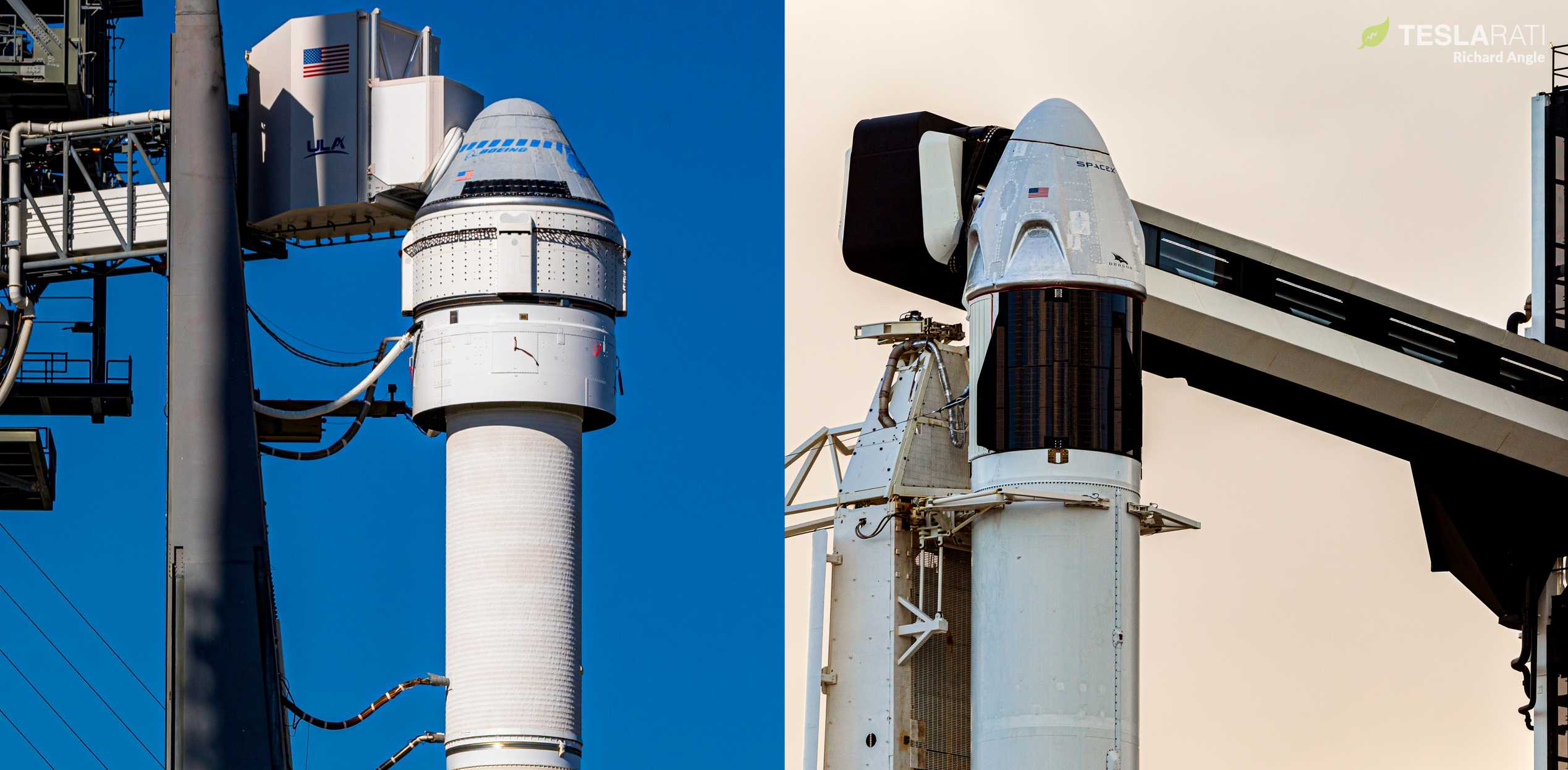
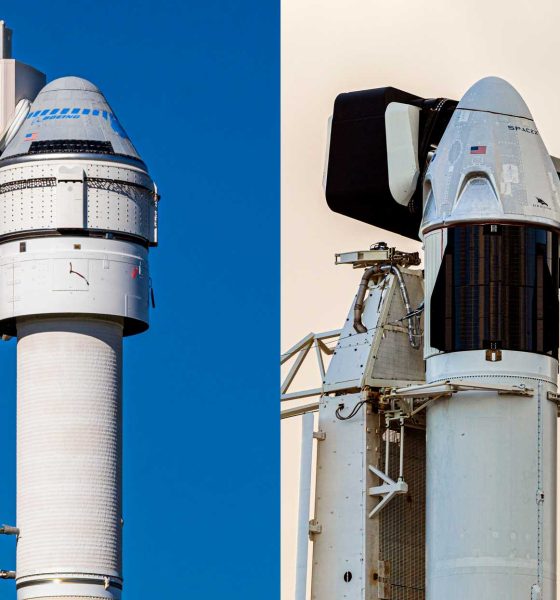
News
SpaceX set to launch NASA astronauts first after Boeing narrowly avoids catastrophe in space
SpaceX is set to become the first private company to launch NASA astronauts as few as three months from now, all but guaranteed after Boeing’s competing Starliner spacecraft narrowly avoided a catastrophe in space on its orbital launch debut.
The ultimate purpose of NASA’s Commercial Crew Program (CCP) is to ensure that the US is once again able to launch its own astronauts into orbit and to the International Space Station (ISS) – a capability the country has not possessed since it prematurely canceled the Space Shuttle in 2011. In a logical step, NASA decided to fund two independent companies to ensure that astronaut launch capabilities would be insulated against any single failure, ultimately awarding contracts to Boeing and SpaceX in 2014. Boeing did actually try to have Congress snub SpaceX back in 2014 and solely award the contract to Starliner, but the company thankfully failed.
As a result, SpaceX beating Boeing on the (not-a-) race to launch NASA astronauts to the International Space Station (ISS) would represent an immense and deeply embarrassing upset in the traditional aerospace industry – essentially a case of David and Goliath. For the better part of a decade, Congress, most industry officials, and Boeing itself have argued ad nauseum the Starliner spacecraft was clearly a far safer bet than anything built by SpaceX – Boeing, obviously, has far more experience (“heritage”) in the spaceflight industry. However, multiple “catastrophic” failures during Boeing’s recent Starliner ‘Orbital Flight Test’ (OFT) paint a far uglier picture.
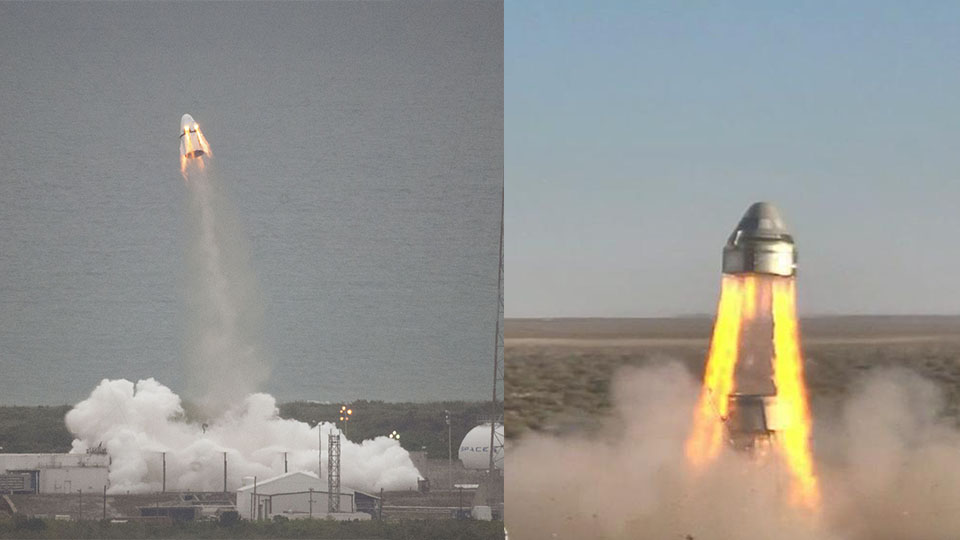
As its PR team and executives will constantly remind anyone within earshot, Boeing helped build the first stage of the Saturn V rocket, while a company it bought years after the fact (Rockwell) did technically buy the company (North American) that built the spacecraft (Apollo CSM) that carried NASA astronauts from the Earth to the Moon (and back). Rockwell (acquired by Boeing) also built all five of NASA’s Space Shuttle orbiters.
In the 1990s, Boeing – set to lose a competition to build an expendable rocket for the US military – acquired McDonnell Douglas at the last second, slapping a Boeing sticker on the Delta IV rocket – designed and built by MD. Boeing then conspired to steal trade secrets from Lockheed Martin (bidding Atlas V) and used that stolen info to mislead the USAF about the real cost of Delta IV, thus securing the more lucrative of two possible contracts. This is all to point out the simple fact that Boeing has far less real experience designing spacecraft than it tends to act like it does.
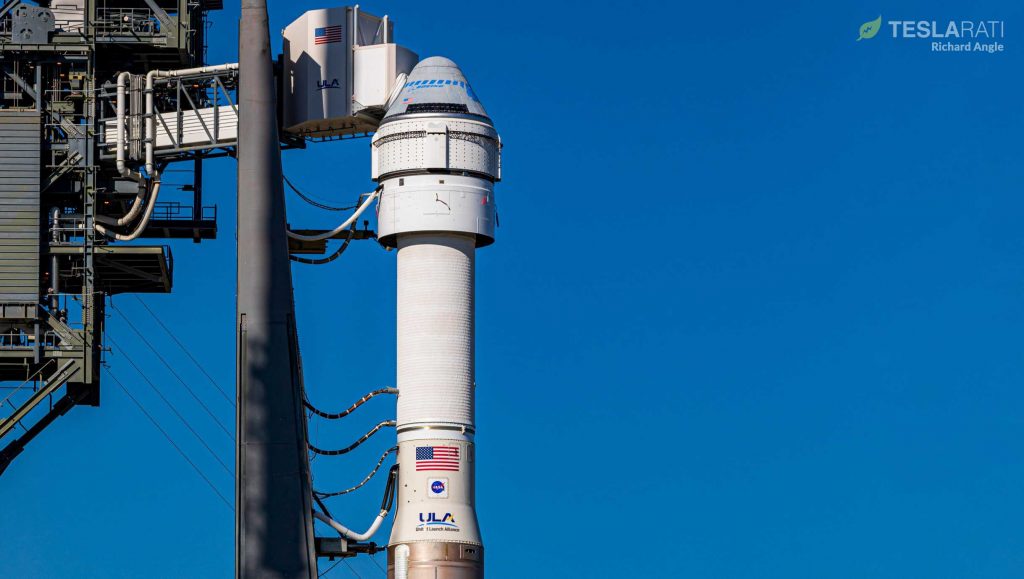
As such, it’s substantially less surprising than it might otherwise be that Boeing’s Starliner spacecraft has had such a rocky orbital launch debut. Preceded just a matter of weeks by a quality assurance failure that prevented one of Starliner’s four parachutes from deploying after an otherwise-successful pad abort test, a second Starliner spacecraft launched atop an Atlas V rocket on its orbital launch debut (OFT) on December 20th, 2019. Atlas V performed flawlessly but immediately after Starliner separated from the rocket, things went very wrong.
Bad software ultimately caused the spacecraft to perform thousands of uncommanded maneuvering thruster burns, depleting a majority of its propellant before Boeing was able to intervene. Starliner managed to place itself in low Earth orbit (LEO), but by then it had nowhere near enough propellant left to rendezvous and dock with the ISS – one of the most crucial purposes of the uncrewed flight test. Unable to complete that part of the mission, Boeing instead did a few small tests over the course of 48 hours in orbit before commanding the spacecraft’s reentry and landing on December 22nd.
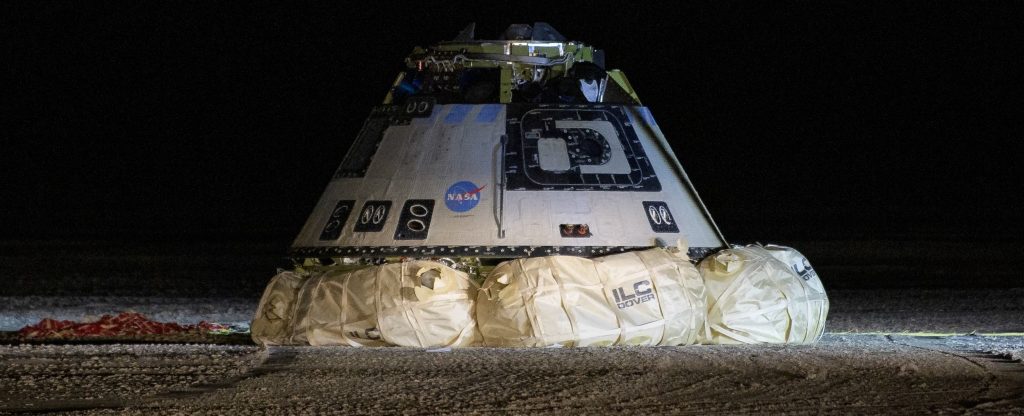
But wait, there’s more!
As it turns out, although both NASA and Boeing inexplicably withheld the information from the public for more than two months, Boeing’s OFT Starliner spacecraft reportedly almost suffered a second major software failure just hours before reentry. According to NASA and Boeing comments in a press conference held only after news of that second failure broke after an advisory panel broached the issue in February 2020, a second Starliner software bug – caught only because the first failure forced Boeing to double-check its code – could have had far more catastrophic consequences.
NASA officials stated that had the second bug not been caught, some of Starliner’s thruster valves would have been frozen, either entirely preventing or severely hampering the spacecraft’s detached trunk from properly maneuvering in orbit. Apparently, that service module (carrying fuel, abort engines, a solar array, and more) could have crashed into the crew module shortly after detaching from it. Unsurprisingly, that ‘recontact’ could have severely damaged the Starliner crew capsule, potentially making reentry impossible (or even fatal) if its relatively fragile heat shield bore the brunt of that impact.
SpaceX has undeniably suffered its own significant failures, most notably when flight-proven Crew Dragon capsule C201 exploded moments before a static fire test, but the company has already proven that it fixed the source of the failure with the spacecraft’s second successful launch on a Falcon 9 rocket. Ultimately, it’s becoming nearly impossible to rationally argue that Boeing’s Starliner will be safer than SpaceX’s Crew Dragon – let alone worth the 40% premium Boeing is charging NASA and the US taxpayer.
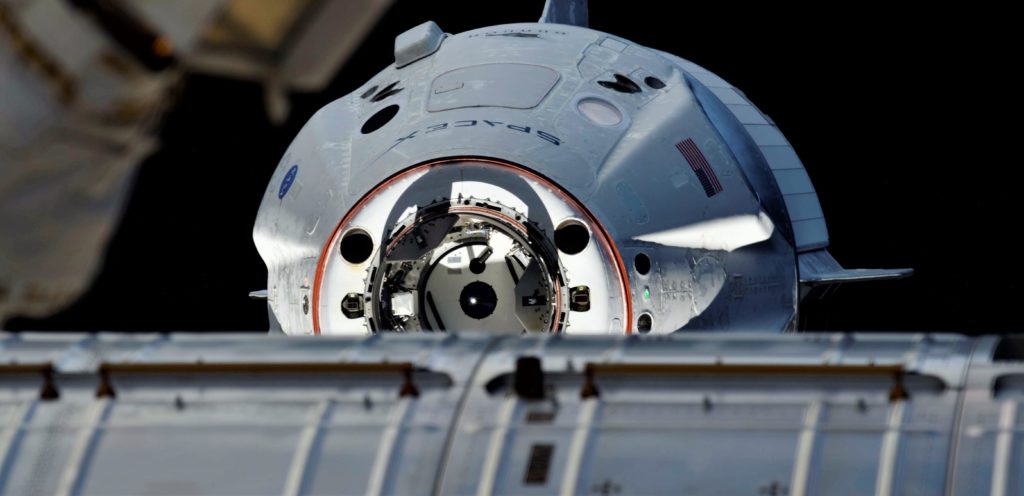
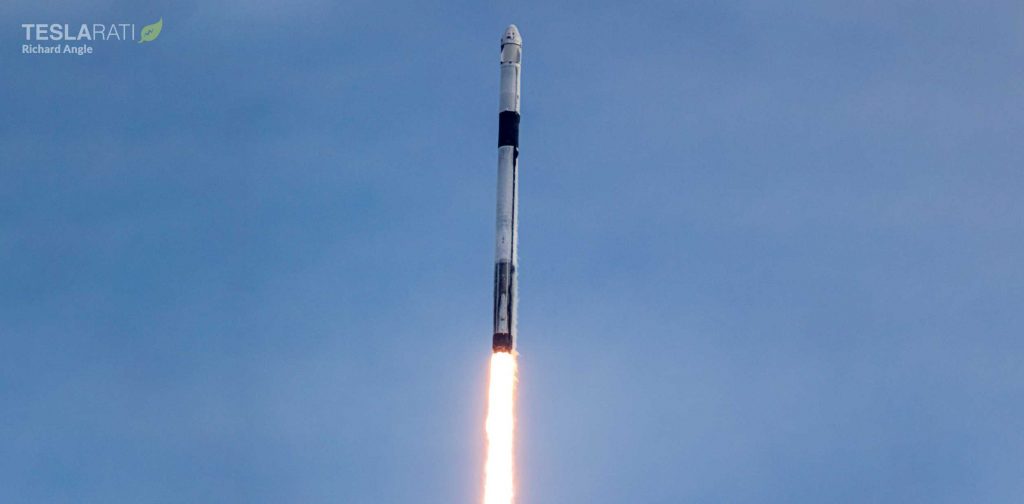
According to Ars Technica’s Eric Berger, Crew Dragon’s inaugural astronaut launch is now tentatively scheduled as early as late-April to late-May 2020. Paperwork – not technical hurdles – is currently the source of that uncertainty, and all Demo-2 mission hardware (Falcon 9 and Crew Dragon) is either already in Florida or days away from arriving.
Due to the combination of similar software failures Starliner suffered during its first and only launch, Boeing now has to review the entirety of the spacecraft’s software – more than a million lines of code – before NASA will allow the company to launch again. There’s also a very good chance that Boeing will now have to repeat the Orbital Flight Test, potentially incurring major delays. In short, it would take nothing less than a miracle – or NASA making a public mockery of itself for Boeing’s benefit – for Starliner to launch astronauts before SpaceX.
Check out Teslarati’s Marketplace! We offer Tesla accessories, including for the Tesla Cybertruck and Tesla Model 3.

News
Tesla adds 15th automaker to Supercharger access in 2025
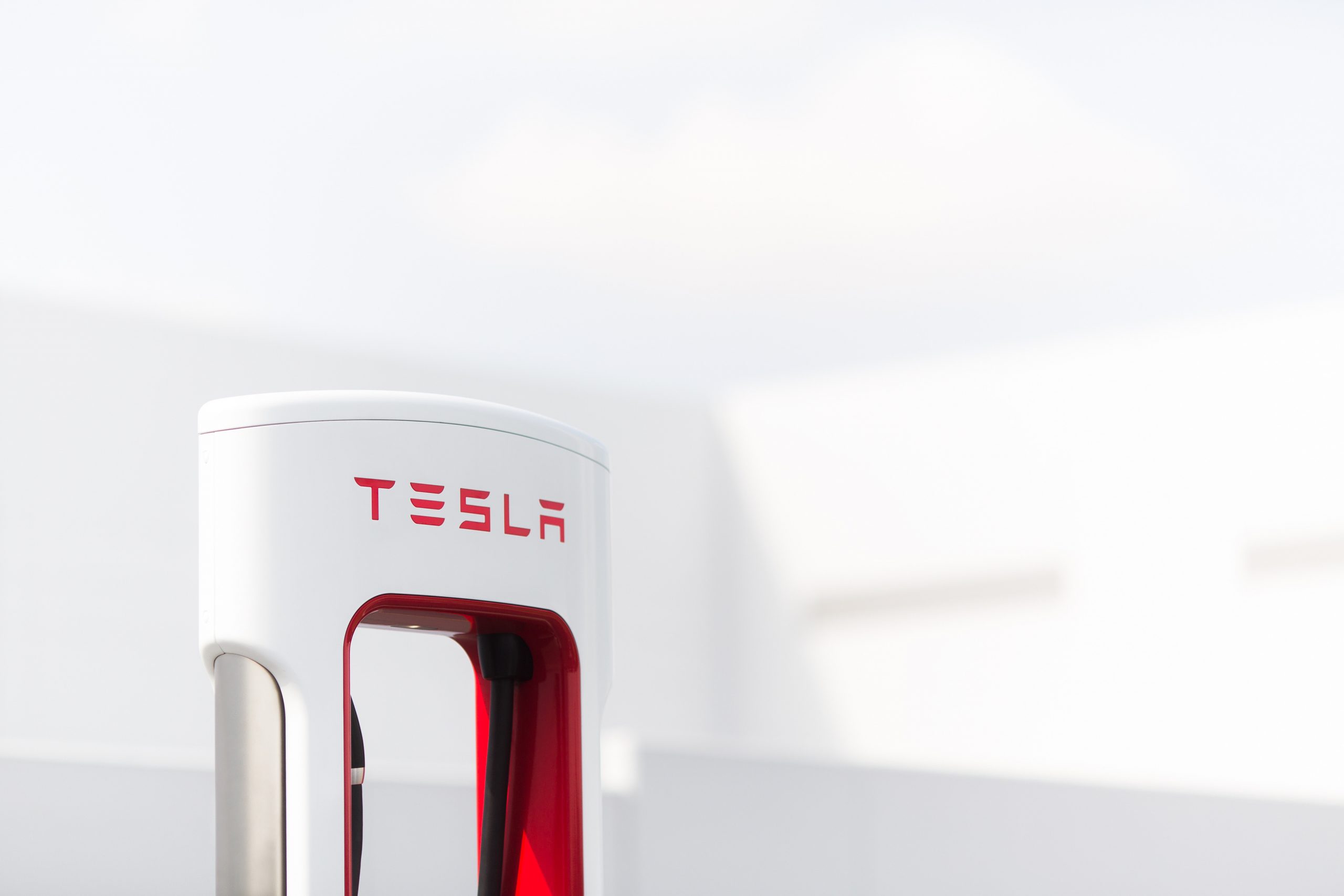
Tesla has added the 15th automaker to the growing list of companies whose EVs can utilize the Supercharger Network this year, as BMW is the latest company to gain access to the largest charging infrastructure in the world.
BMW became the 15th company in 2025 to gain Tesla Supercharger access, after the company confirmed to its EV owners that they could use any of the more than 25,000 Supercharging stalls in North America.
Welcome @BMW owners.
Download the Tesla app to charge → https://t.co/vnu0NHA7Ab
— Tesla Charging (@TeslaCharging) December 10, 2025
Newer BMW all-electric cars, like the i4, i5, i7, and iX, are able to utilize Tesla’s V3 and V4 Superchargers. These are the exact model years, via the BMW Blog:
- i4: 2022-2026 model years
- i5: 2024-2025 model years
- 2026 i5 (eDrive40 and xDrive40) after software update in Spring 2026
- i7: 2023-2026 model years
- iX: 2022-2025 model years
- 2026 iX (all versions) after software update in Spring 2026
With the expansion of the companies that gained access in 2025 to the Tesla Supercharger Network, a vast majority of non-Tesla EVs are able to use the charging stalls to gain range in their cars.
So far in 2025, Tesla has enabled Supercharger access to:
- Audi
- BMW
- Genesis
- Honda
- Hyundai
- Jaguar Land Rover
- Kia
- Lucid
- Mercedes-Benz
- Nissan
- Polestar
- Subaru
- Toyota
- Volkswagen
- Volvo
Drivers with BMW EVs who wish to charge at Tesla Superchargers must use an NACS-to-CCS1 adapter. In Q2 2026, BMW plans to release its official adapter, but there are third-party options available in the meantime.
They will also have to use the Tesla App to enable Supercharging access to determine rates and availability. It is a relatively seamless process.
News
Tesla adds new feature that will be great for crowded parking situations
This is the most recent iteration of the app and was priming owners for the slowly-released Holiday Update.
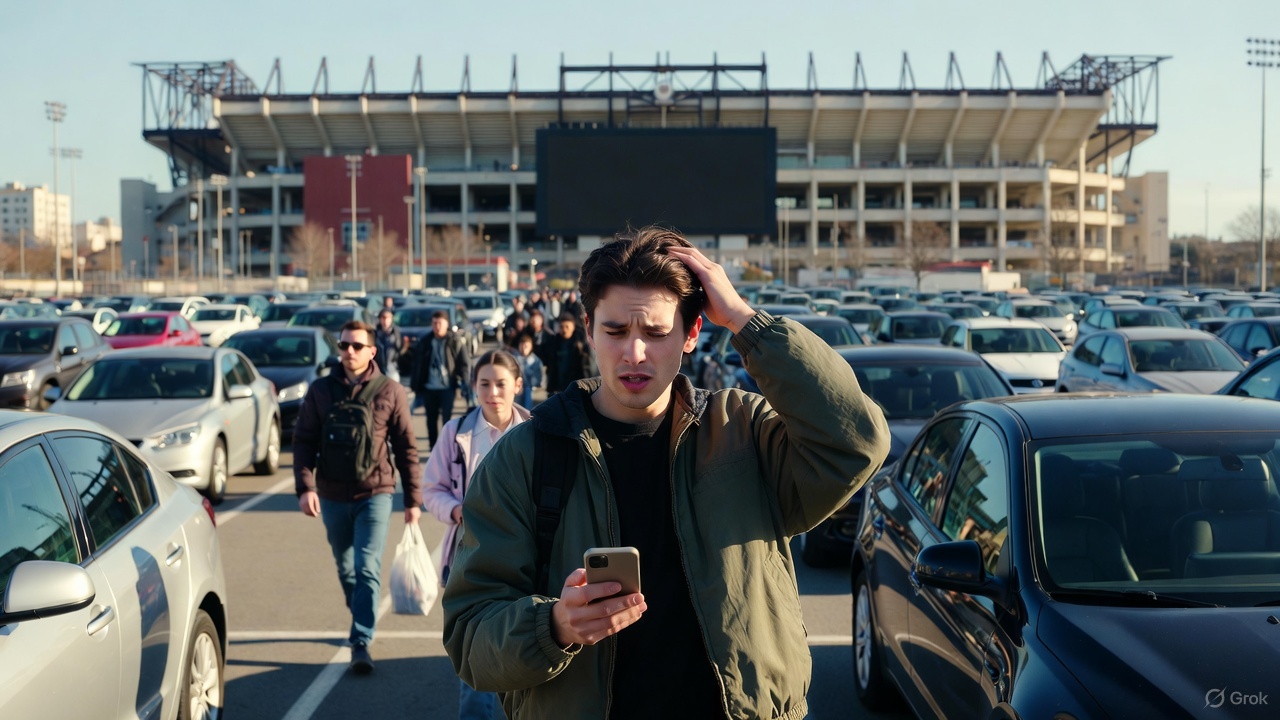
Tesla has added a new feature that will be great for crowded parking lots, congested parking garages, or other confusing times when you cannot seem to pinpoint where your car went.
Tesla has added a new Vehicle Locator feature to the Tesla App with App Update v4.51.5.
This is the most recent iteration of the app and was priming owners for the slowly-released Holiday Update.
While there are several new features, which we will reveal later in this article, perhaps one of the coolest is that of the Vehicle Locator, which will now point you in the direction of your car using a directional arrow on the home screen. This is similar to what Apple uses to find devices:
Interesting. The location arrow in the Tesla app now points to your car when you’re nearby. pic.twitter.com/b0yjmwwzxN
— Whole Mars Catalog (@wholemars) December 7, 2025
In real time, the arrow gives an accurate depiction of which direction you should walk in to find your car. This seems extremely helpful in large parking lots or unfamiliar shopping centers.
Getting to your car after a sporting event is an event all in itself; this feature will undoubtedly help with it:
The nice little touch that Tesla have put in the app – continuous tracking of your vehicle location relative to you.
There’s people reporting dizziness testing this.
To those I say… try spinning your phone instead. 😉 pic.twitter.com/BAYmJ3mzzD
— Some UK Tesla Guy (UnSupervised…) (@SomeUKTeslaGuy) December 8, 2025
Tesla’s previous app versions revealed the address at which you could locate your car, which was great if you parked on the street in a city setting. It was also possible to use the map within the app to locate your car.
However, this new feature gives a more definitive location for your car and helps with the navigation to it, instead of potentially walking randomly.
It also reveals the distance you are from your car, which is a big plus.
Along with this new addition, Tesla added Photobooth features, Dog Mode Live Activity, Custom Wraps and Tints for Colorizer, and Dashcam Clip details.
🚨 Tesla App v4.51.5 looks to be preparing for the Holiday Update pic.twitter.com/ztts8poV82
— TESLARATI (@Teslarati) December 8, 2025
All in all, this App update was pretty robust.
Elon Musk
Tesla CEO Elon Musk shades Waymo: ‘Never really had a chance’

Tesla CEO Elon Musk shaded Waymo in a post on X on Wednesday, stating the company “never really had a chance” and that it “will be obvious in hindsight.”
Tesla and Waymo are the two primary contributors to the self-driving efforts in the United States, with both operating driverless ride-hailing services in the country. Tesla does have a Safety Monitor present in its vehicles in Austin, Texas, and someone in the driver’s seat in its Bay Area operation.
Musk says the Austin operation will be completely void of any Safety Monitors by the end of the year.
🚨 Tesla vs. Waymo Geofence in Austin https://t.co/A6ffPtp5xv pic.twitter.com/mrnL0YNSn4
— TESLARATI (@Teslarati) December 10, 2025
With the two companies being the main members of the driverless movement in the U.S., there is certainly a rivalry. The two have sparred back and forth with their geofences, or service areas, in both Austin and the Bay Area.
While that is a metric for comparison now, ultimately, it will not matter in the coming years, as the two companies will likely operate in a similar fashion.
Waymo has geared its business toward larger cities, and Tesla has said that its self-driving efforts will expand to every single one of its vehicles in any location globally. This is where the true difference between the two lies, along with the fact that Tesla uses its own vehicles, while Waymo has several models in its lineup from different manufacturers.
The two also have different ideas on how to solve self-driving, as Tesla uses a vision-only approach. Waymo relies on several things, including LiDAR, which Musk once called “a fool’s errand.”
This is where Tesla sets itself apart from the competition, and Musk highlighted the company’s position against Waymo.
Jeff Dean, the Chief Scientist for Google DeepMind, said on X:
“I don’t think Tesla has anywhere near the volume of rider-only autonomous miles that Waymo has (96M for Waymo, as of today). The safety data is quite compelling for Waymo, as well.”
Musk replied:
“Waymo never really had a chance against Tesla. This will be obvious in hindsight.”
Waymo never really had a chance against Tesla. This will be obvious in hindsight.
— Elon Musk (@elonmusk) December 10, 2025
Tesla stands to have a much larger fleet of vehicles in the coming years if it chooses to activate Robotaxi services with all passenger vehicles. A simple Over-the-Air update will activate this capability, while Waymo would likely be confined to the vehicles it commissions as Robotaxis.








